Gardens have always whispered stories of place and climate, yet artificial intelligence now lets those stories unfold in real-time data streams, photoreal renders, and predictive dashboards. By pairing machine-learning vision with decades of horticultural research, AI landscape design tools can instantly read topography from a smartphone photo, suggest region-specific plant mixes, or simulate a dusk-to-dawn lighting sequence before a single shrub is moved. Design pros and hobbyists alike are already testing apps such as Neighborbrite and Microsoft Copilot prompts to handle early ideation and maintenance planning, while professional platforms showcased by ASLA and Enscape promise deeper BIM, VR, and ecological analytics integration. Ready to explore fresh possibilities?
1. AI-Powered Site Analysis in Landscape Design
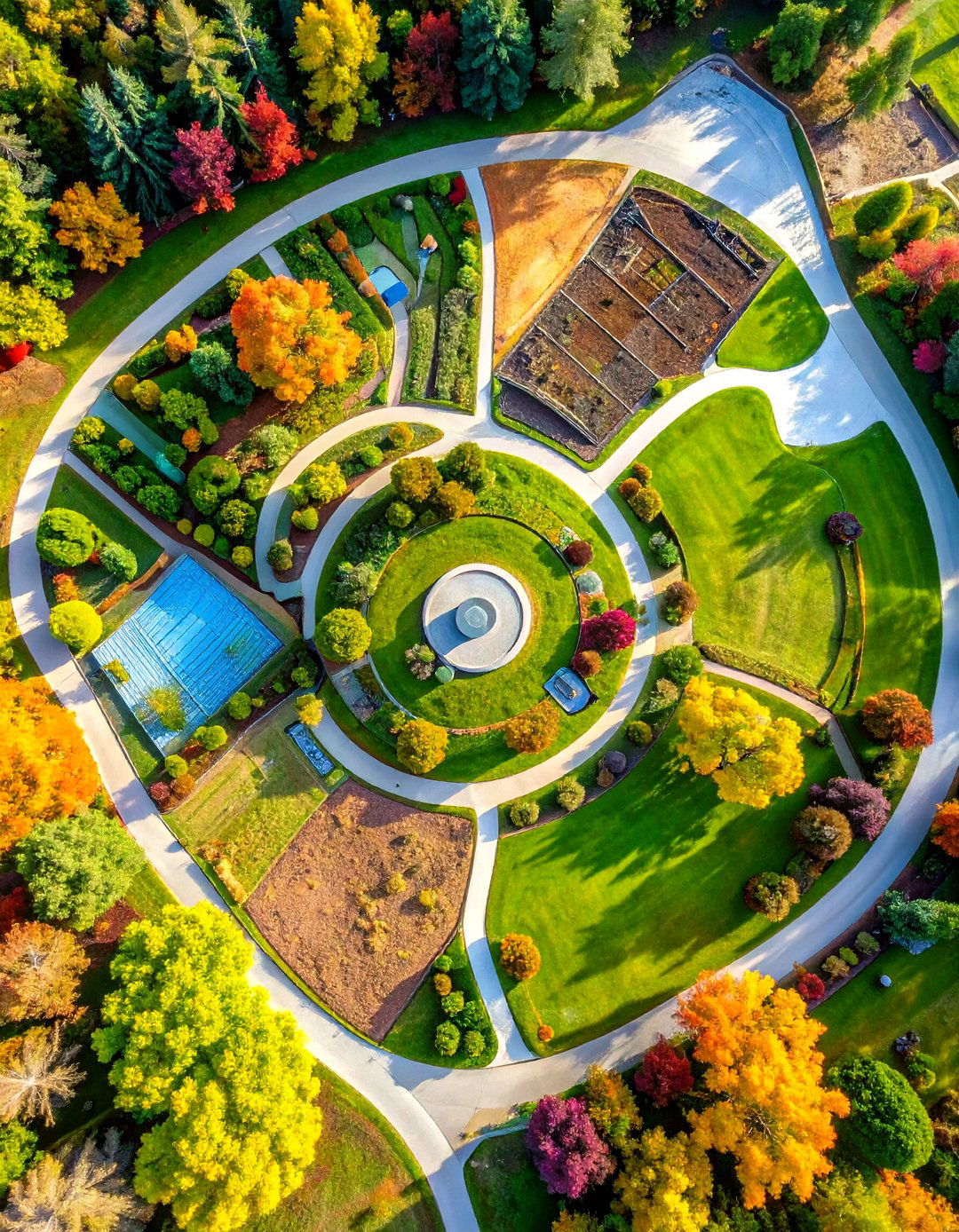
A crisp drone scan or quick phone panorama can become a detailed site report when fed through AI landscape design platforms that stitch photogrammetry, LIDAR, and open geodata. By instantly tagging slope percentages, soil types, and shade patterns, the software saves weeks of manual surveying. Use those annotated layers to set early constraints — like no-build buffer zones or wildlife corridors — so later creative sketches stay grounded in reality. Export the AI’s 3D terrain model into CAD or BIM, and you’ll have a living base map that updates whenever new imagery is uploaded, keeping every downstream decision aligned with real conditions.
2. Climate-Responsive Plant Selection for Landscape Design
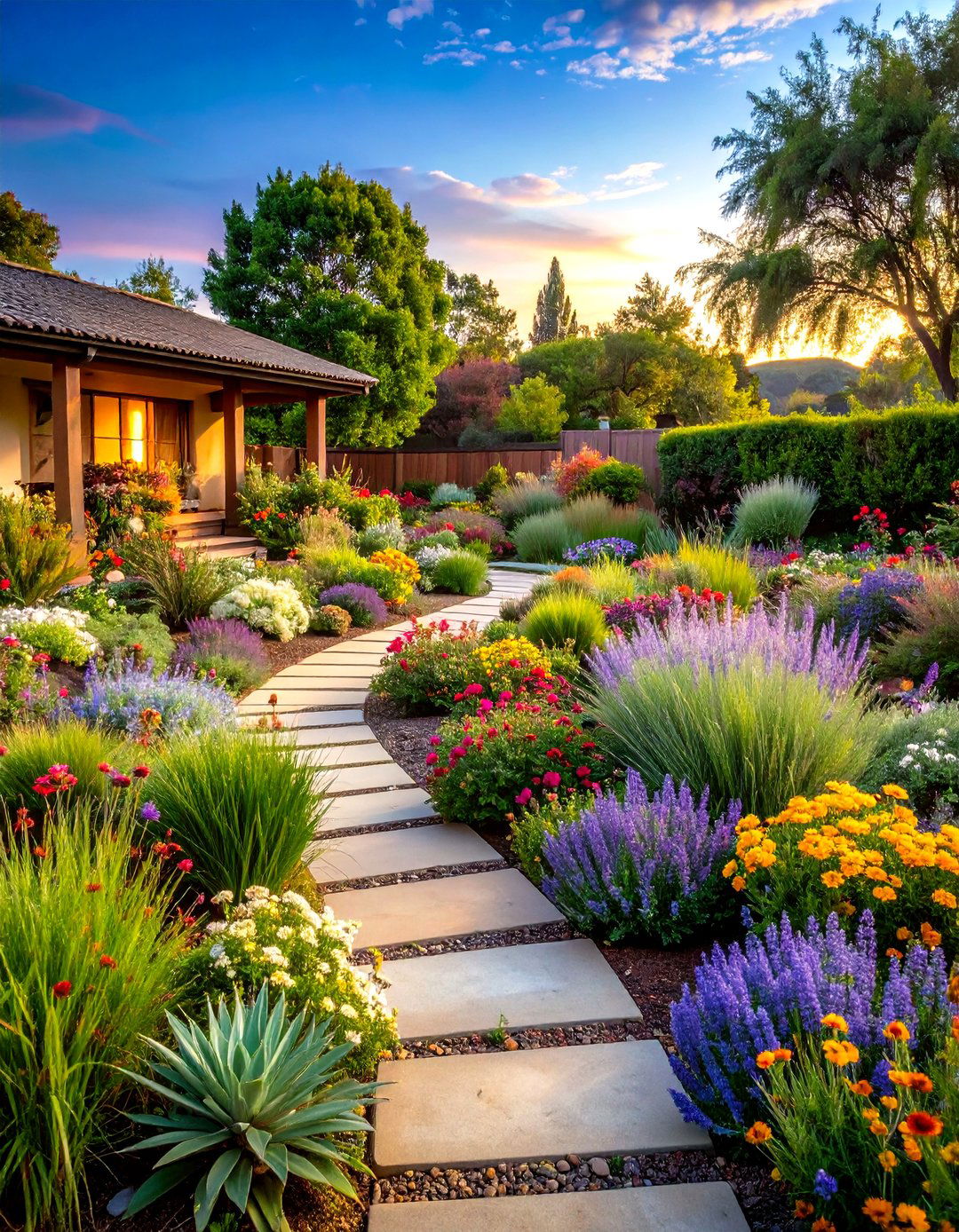
Unlike static plant lists, AI tools cross-reference your GPS coordinates with updated USDA or RHS hardiness maps, rainfall averages, and projected heat-island data to curate climate-proof planting palettes. Enter a theme — say “pollinator-friendly Mediterranean feel” — and the engine ranks species by survivability odds, bloom sequence, and carbon sequestration rate. Tweaking parameters in real time helps you balance aesthetics with future drought risk. Take a screenshot of your front yard, and apps like Neighborbrite instantly visualize those species in situ, giving confident, data-driven planting plans that still feel bespoke to your microclimate.
3. Generative Concept Boards for Landscape Design Styles
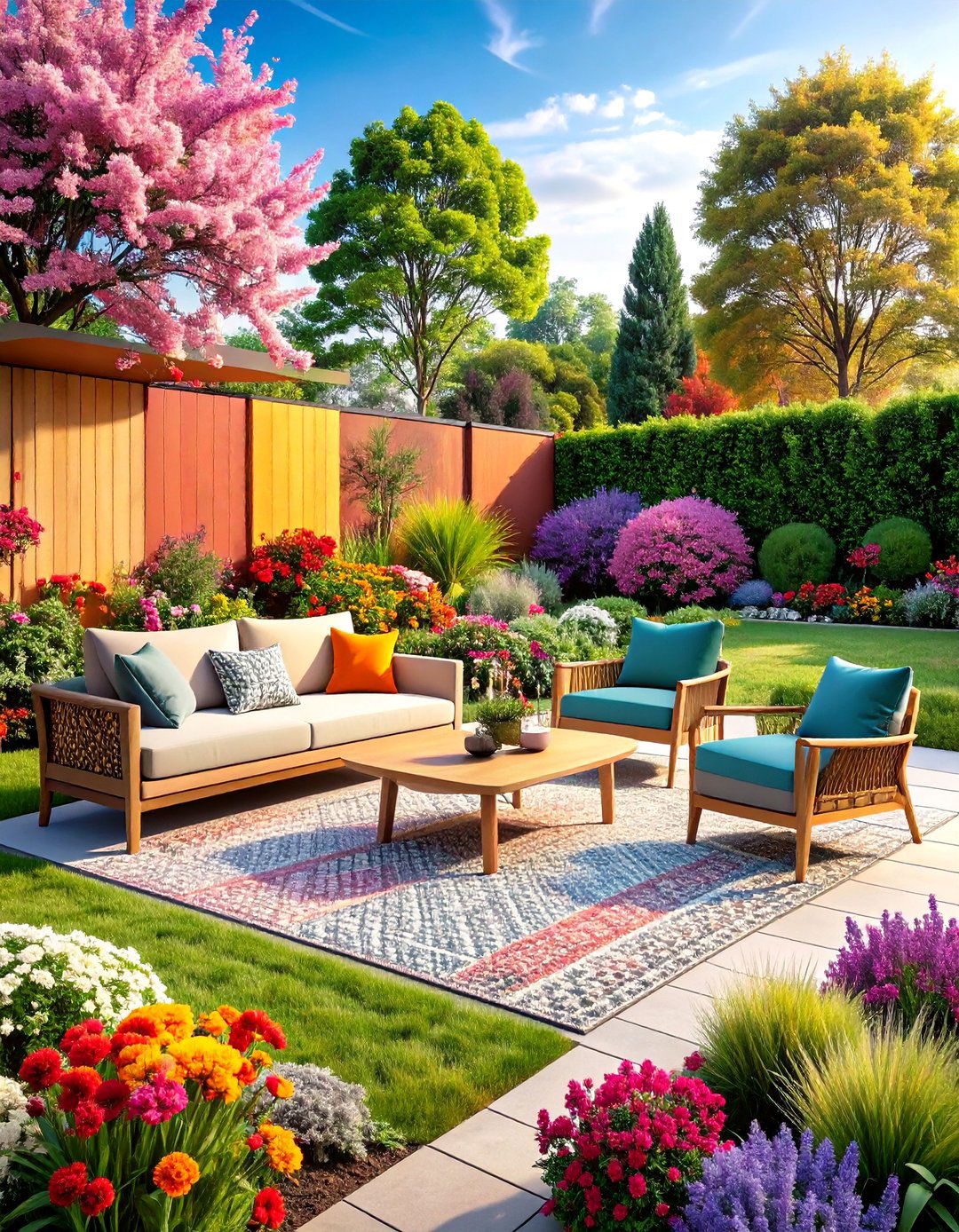
What mood fits that courtyard — Zen calm, coastal boho, or neo-futurist? Prompt-based generative AI creates a collage of paving patterns, planting combinations, and furniture silhouettes at lightning speed. Midjourney-style diffusion models trained on landscape design imagery remix your words into cohesive boards, complete with color palettes pulled from regional flora. Sharing a link lets clients vote or comment before you draft construction documents, trimming unproductive revisions. Because each board is built from style tags, the AI can pivot from “quiet contemplation” to “child-friendly biodiverse play” in seconds, making early creative exploration more democratic and fun.
4. Water-Conserving Layout Optimization in Landscape Design
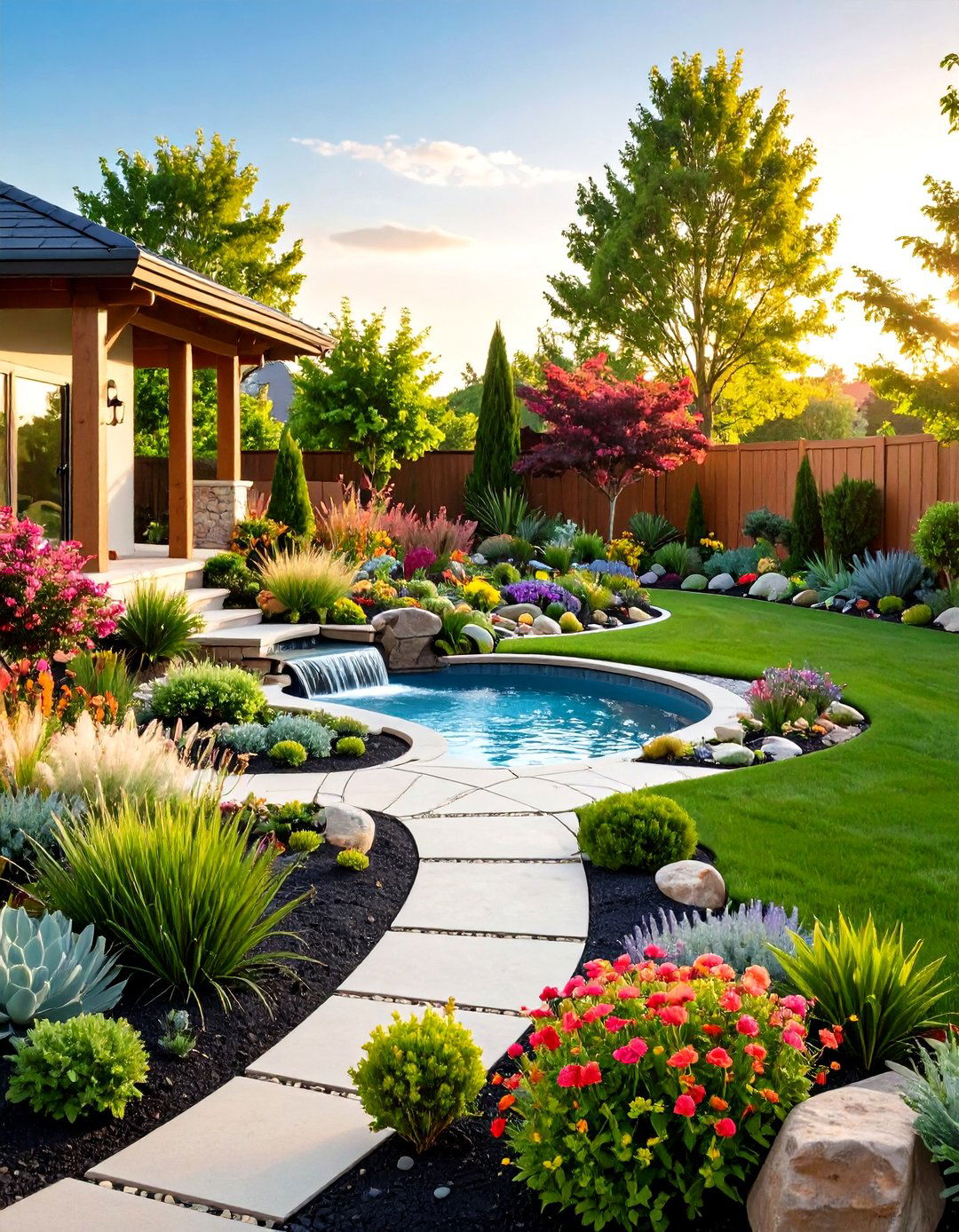
For arid zones, AI excels at calculating hydrological balance. Feed in rainfall records, runoff coefficients, and irrigation efficiency targets; the algorithm clusters high-thirst plants near grey-water outlets while grouping drought champions on berms that trap occasional downpours. Microsoft’s recent Copilot landscaping prompts even suggest low‐flow irrigation schedules and drip-line spacings based on evapotranspiration data, translating conservation theory into week-by-week action items. Pair the AI’s zone map with smart valves, and you’ll watch usage graphs dip without sacrificing lush visuals.
5. Predictive Maintenance Scheduling in Landscape Design
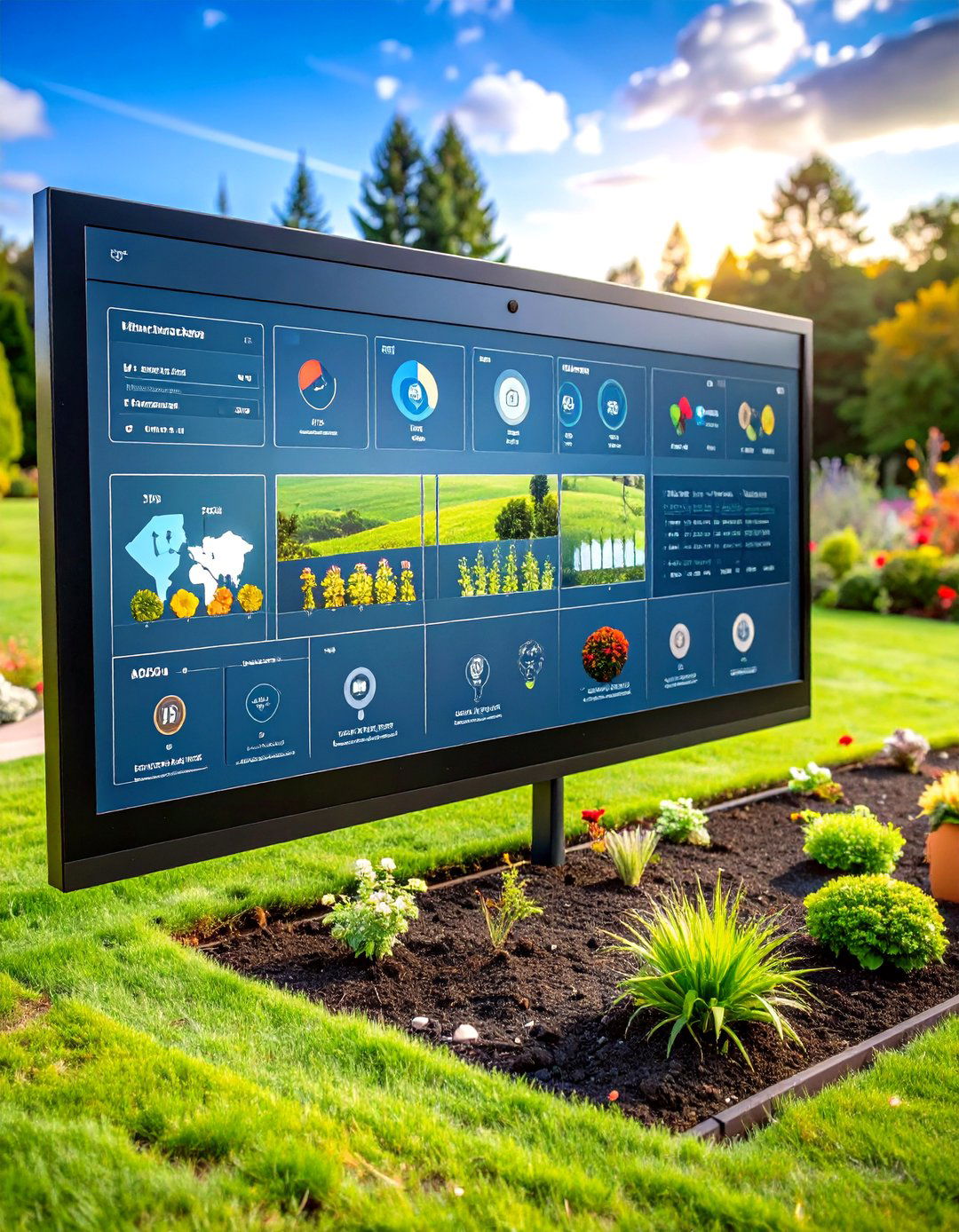
AI isn’t only about the big‐picture vision; it can keep a finished landscape thriving year-round. Machine-learning models digest local weather forecasts, pest alerts, and soil sensor feeds to generate task lists — mowing, pruning, fertilizing — right when conditions are optimal. Sync those schedules to a calendar app and share them with grounds crews or homeowners, ensuring timely interventions that prolong plant health and cut costs. Because the system learns from every completed task, its recommendations sharpen over seasons, nudging you toward proactive stewardship rather than crisis response.
6. Augmented Reality Walkthroughs of AI Landscape Design
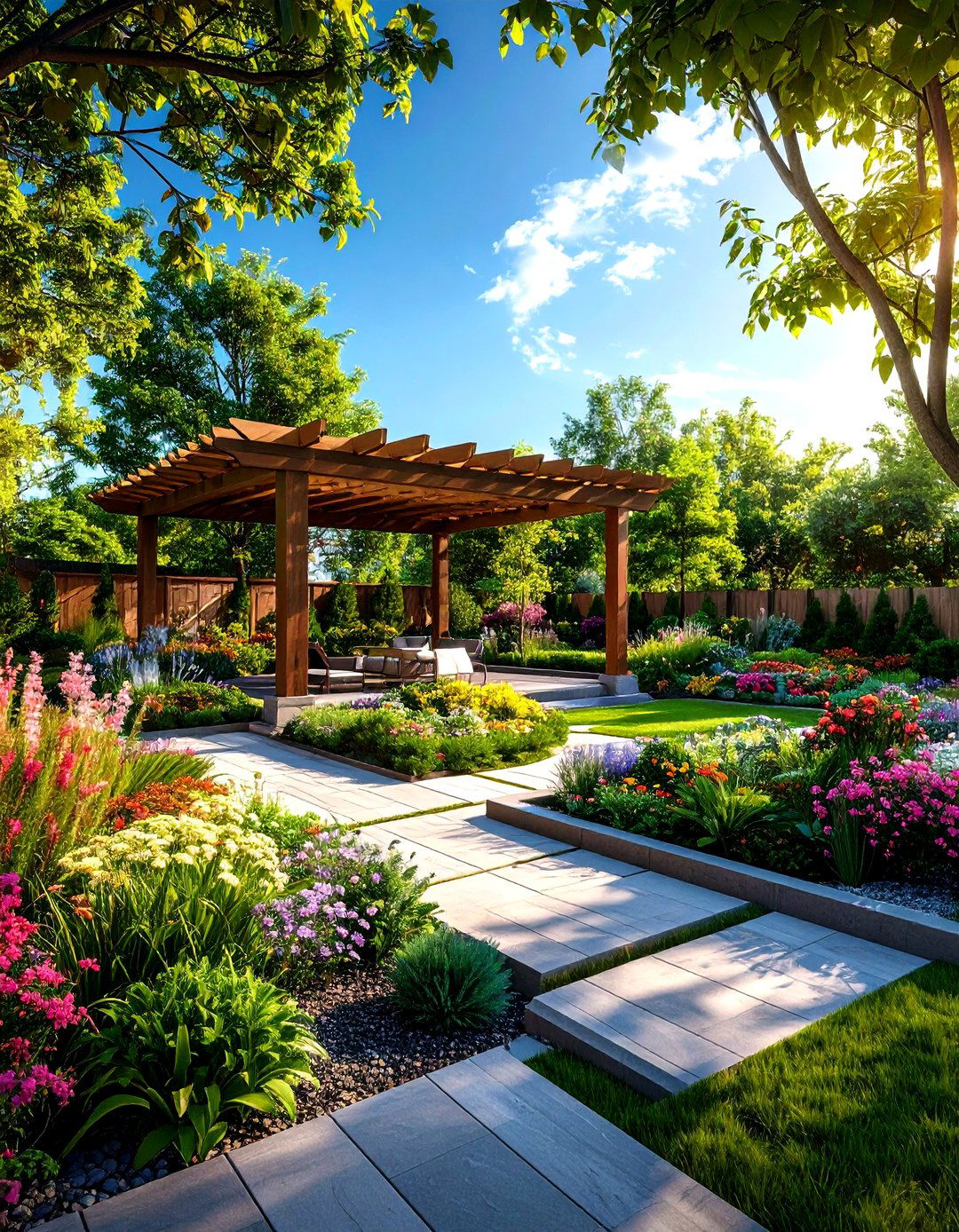
Slip on AR glasses or raise a phone, and AI overlays proposed pergolas, planting beds, or retaining walls onto the existing yard at true scale. Real-time physics engines account for sun paths and shadow movement as you stroll, so clients feel daylight change under virtual trees. Tools highlighted in Enscape’s 2025 roundup now export these AR models directly from BIM, letting you toggle materials or plant maturities mid-walkthrough. Instant spatial feedback uncovers circulation pinch points or sightline issues before ground is broken, turning costly surprises into low-stakes digital tweaks.
7. Microclimate Modeling for Comfort-Centered Landscape Design

A, gentle breezes can make or break patio usability. AI couples CFD (computational fluid dynamics) with local weather APIs to simulate air flow, radiant heat, and humidity at pedestrian height. Shift a shrub mass or trellis in the model, and you’ll immediately see predicted temperature drops or wind blocks. Designers use such insights to position misters, choose heat-reflective paving colors, or orient seating zones for evening coolness, ensuring year-round comfort that might otherwise require on-site trial and error.
8. Biodiversity-Boosting Planting Patterns in AI Landscape Design

Surprisingly, generative adversarial networks excel at arranging ecological guilds — layers of canopy, understory, groundcover — that mimic natural succession. Input target wildlife (e. g. , monarch butterflies) and soil pH; the AI clusters nectar plants, larval hosts, and protective shrubs into mosaics that bolster habitat richness. Graphic outputs include bloom calendars and seed mix ratios, helping contractors source the right quantities. Over time, sensor feedback on species sightings can retrain the model, creating a feedback loop where every garden becomes a living lab for broader conservation goals.
9. Carbon-Sequestering Green Infrastructure in Landscape Design
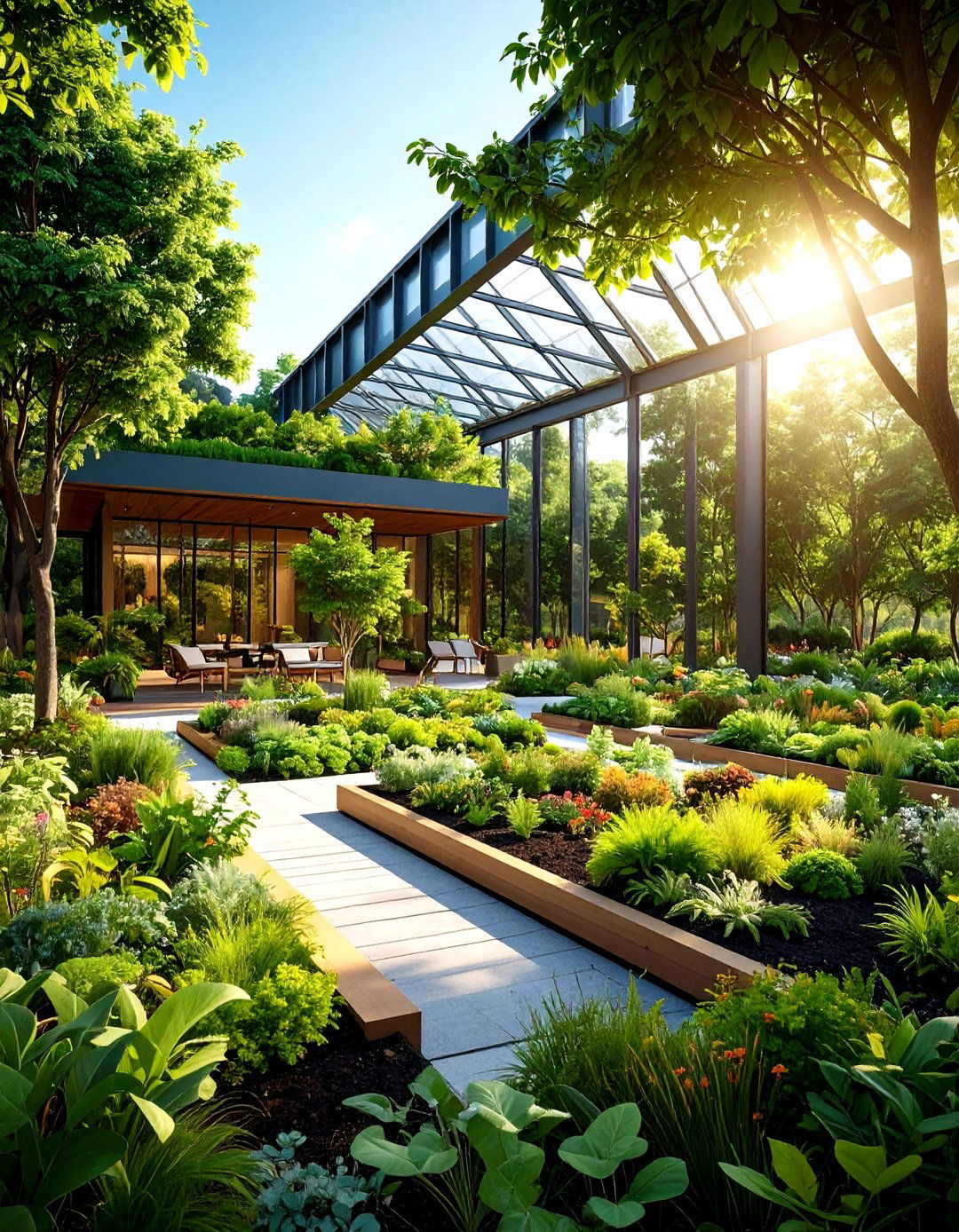
Due to rising ESG requirements, many projects now seek measurable carbon sinks. AI quantifies sequestration potential per square meter by analyzing species’ growth rates and soil carbon storage. It then positions biochar-amended beds, green roofs, or tiny urban forests where they'll capture the most CO₂ without clashing with circulation or views. Pair the design with a blockchain registry, and property managers can verify yearly gains — turning a visually appealing grove into a documented climate asset.
10. Accessibility-Centric Path Layouts in AI Landscape Design
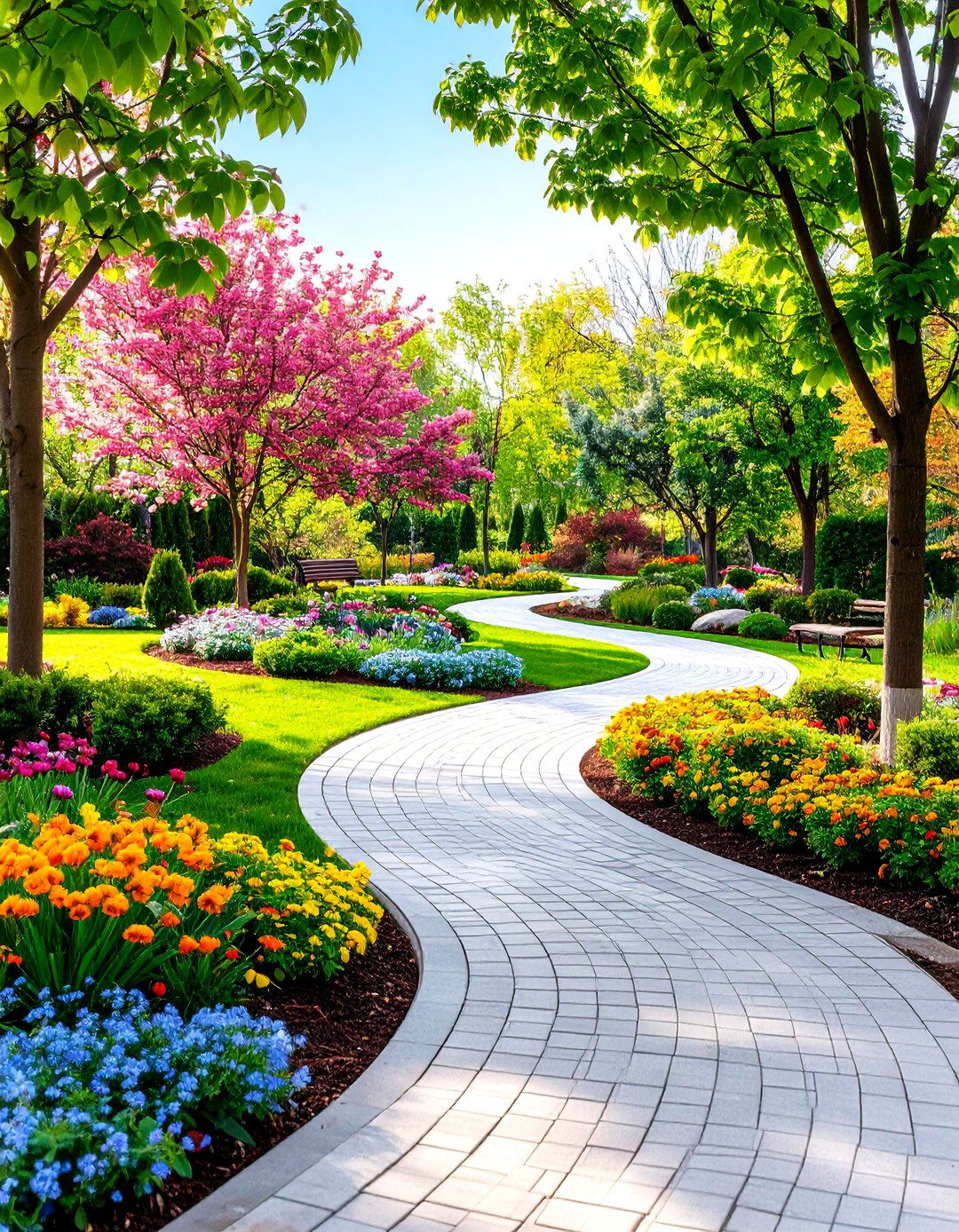
Certainly, inclusive design goes beyond codes. AI route planners parse slope data, obstacle density, and rest-spot intervals to map smooth, gently graded paths viable for mobility devices and strollers. Enter a maximum 5% incline threshold, and the system reroutes switchbacks automatically while suggesting tactile paving at nodes. Visual heat maps highlight pinch points, letting designers widen curves or soften transitions before pour day. The outcome is a seamless, equitable landscape experience baked into the earliest diagrams, not tacked on later.
11. Smart Lighting Simulations for Nighttime Landscape Design
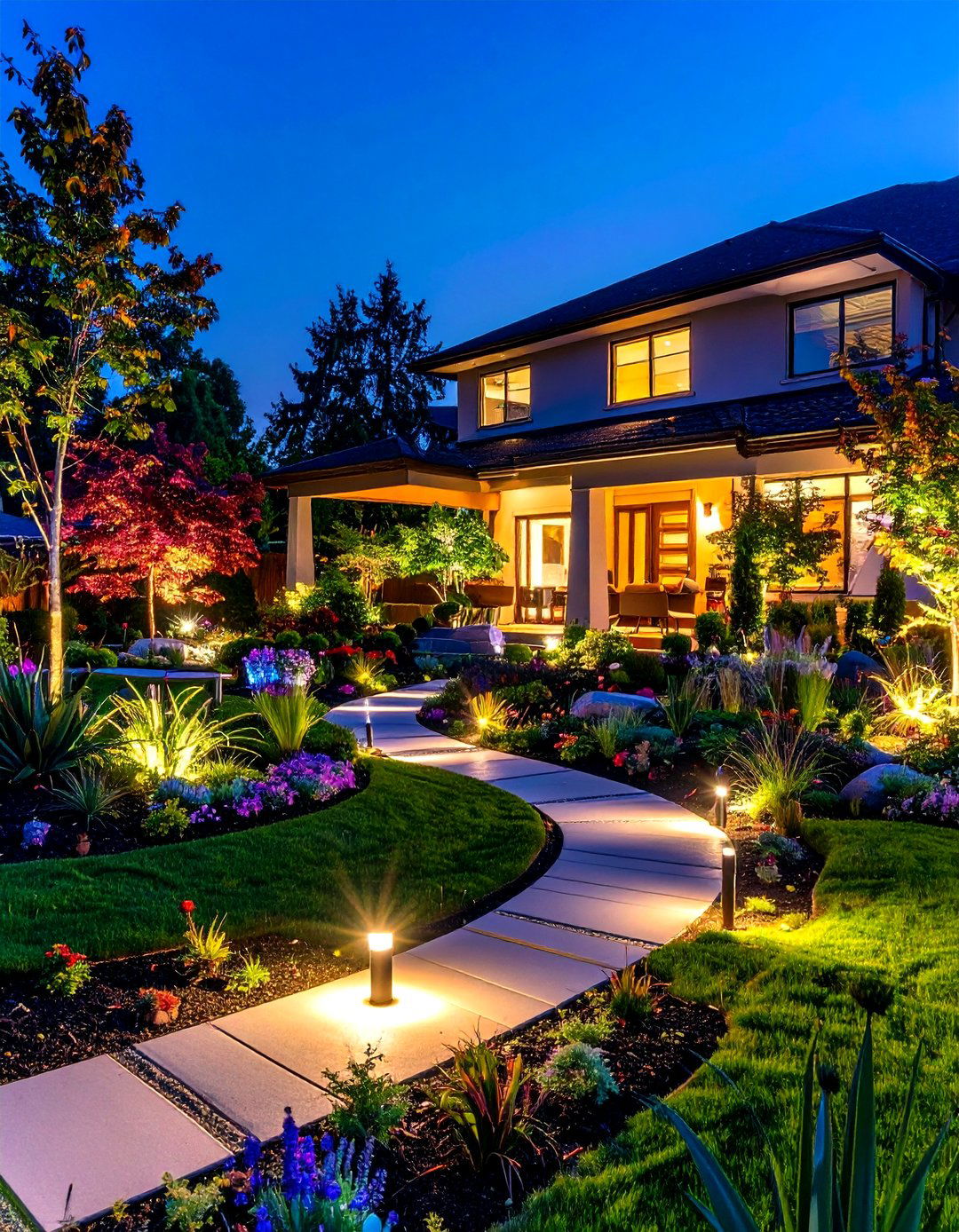
When dusk falls, AI light-mapping engines trace lumens bouncing off walls, foliage, and water surfaces to predict glare and dark-sky compliance. Adjust fixture wattage in the model, and spillover reductions calculate instantly. The software can even recommend motion-sensor placements that conserve energy while enhancing security. By exporting lux-level data to spec sheets, you give electricians precise aiming instructions, shrinking post-installation adjustments. Night renders double as client teasers, proving that ecological lighting can be both dramatic and low impact.
12. AI-Assisted Hardscape Material Optimization in Landscape Design
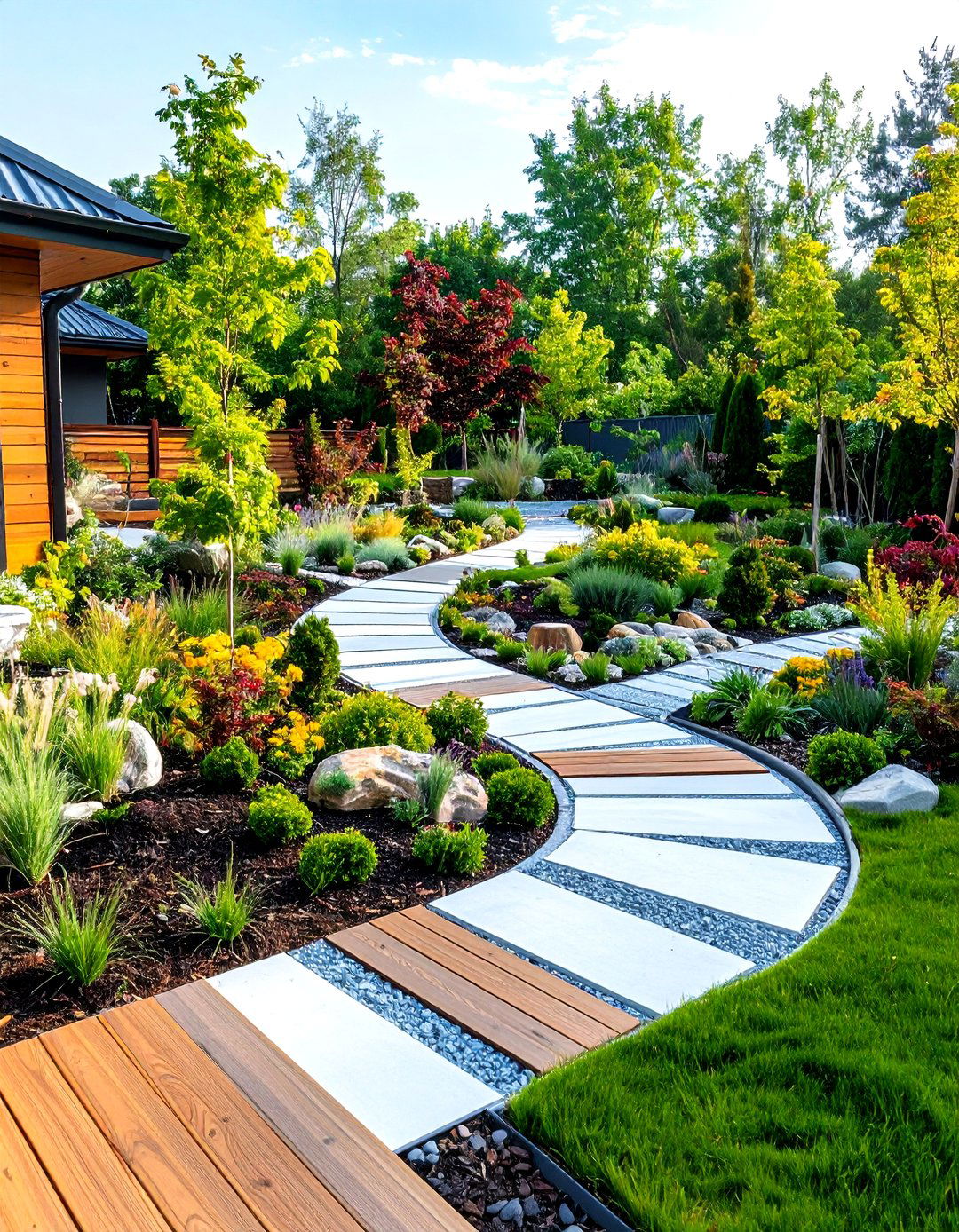
Material selection often juggles aesthetics, durability, and embodied carbon. AI databases compare regional quarry distances, recycled content percentages, and slip-resistance scores of pavers, timbers, or composites. Enter desired finish tone and target carbon budget; the engine outputs a ranked shortlist with cost estimates. Clicking an option updates the 3D model and bill of quantities simultaneously, reducing value-engineering headaches later. Because supply chains shift, the AI refreshes pricing and availability data weekly, steering choices toward realistic, timely procurement.
13. Real-Time Soil Health Dashboards in AI Landscape Design
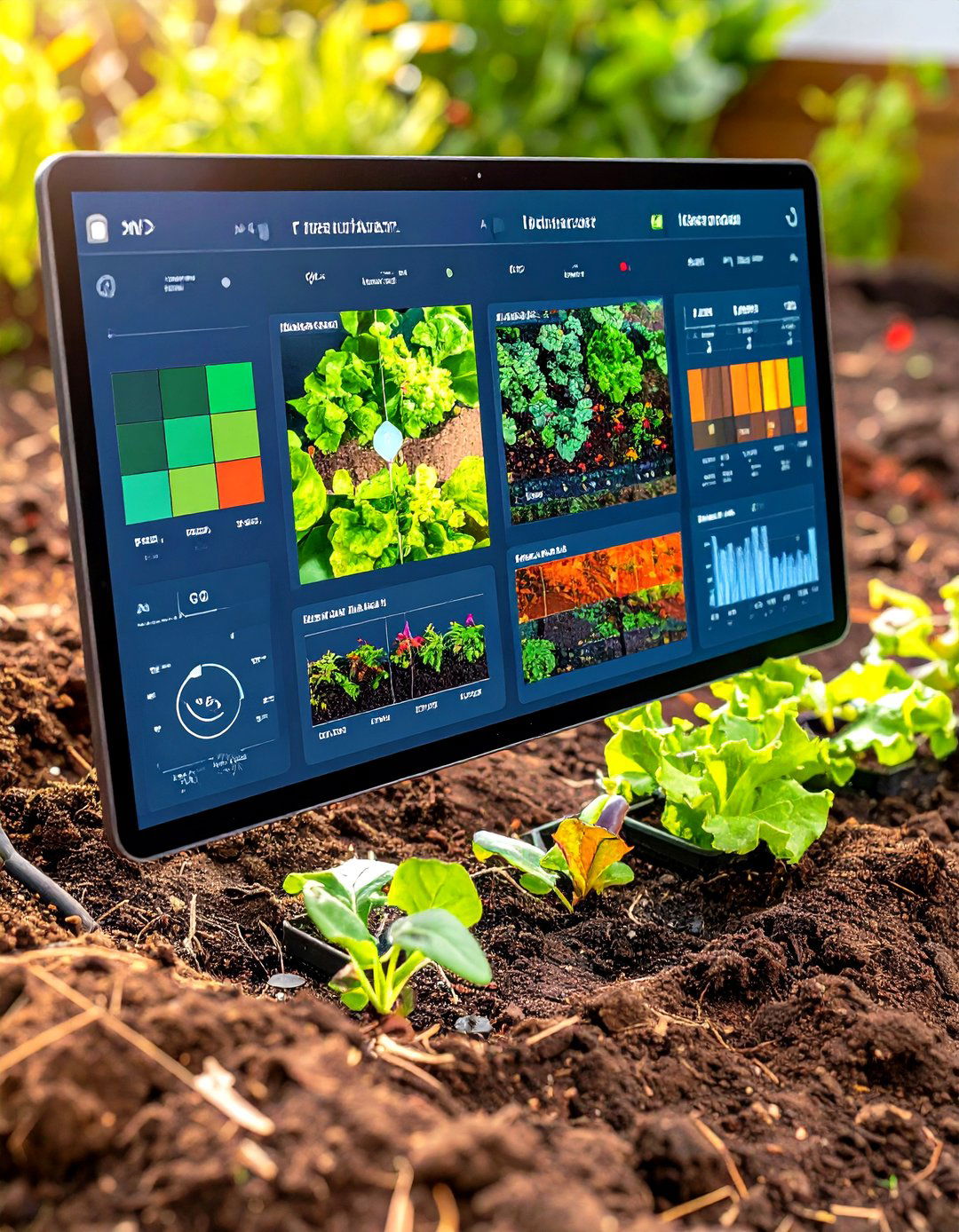
By burying inexpensive IoT probes, you can stream moisture, EC, and temperature metrics to an AI dashboard that flags stress before leaves yellow. The interface overlays readings on plan graphics, coloring zones green, amber, or red. When the system spots nutrient imbalance, it suggests organic amendments, application rates, and timing, drawing from a library of agronomic research. Homeowners receive push alerts like “compost tea tomorrow — 10 L for raised bed A, ” fostering hands-on care without guesswork.
14. AI Rain-Garden Placement for Stormwater Management in Landscape Design
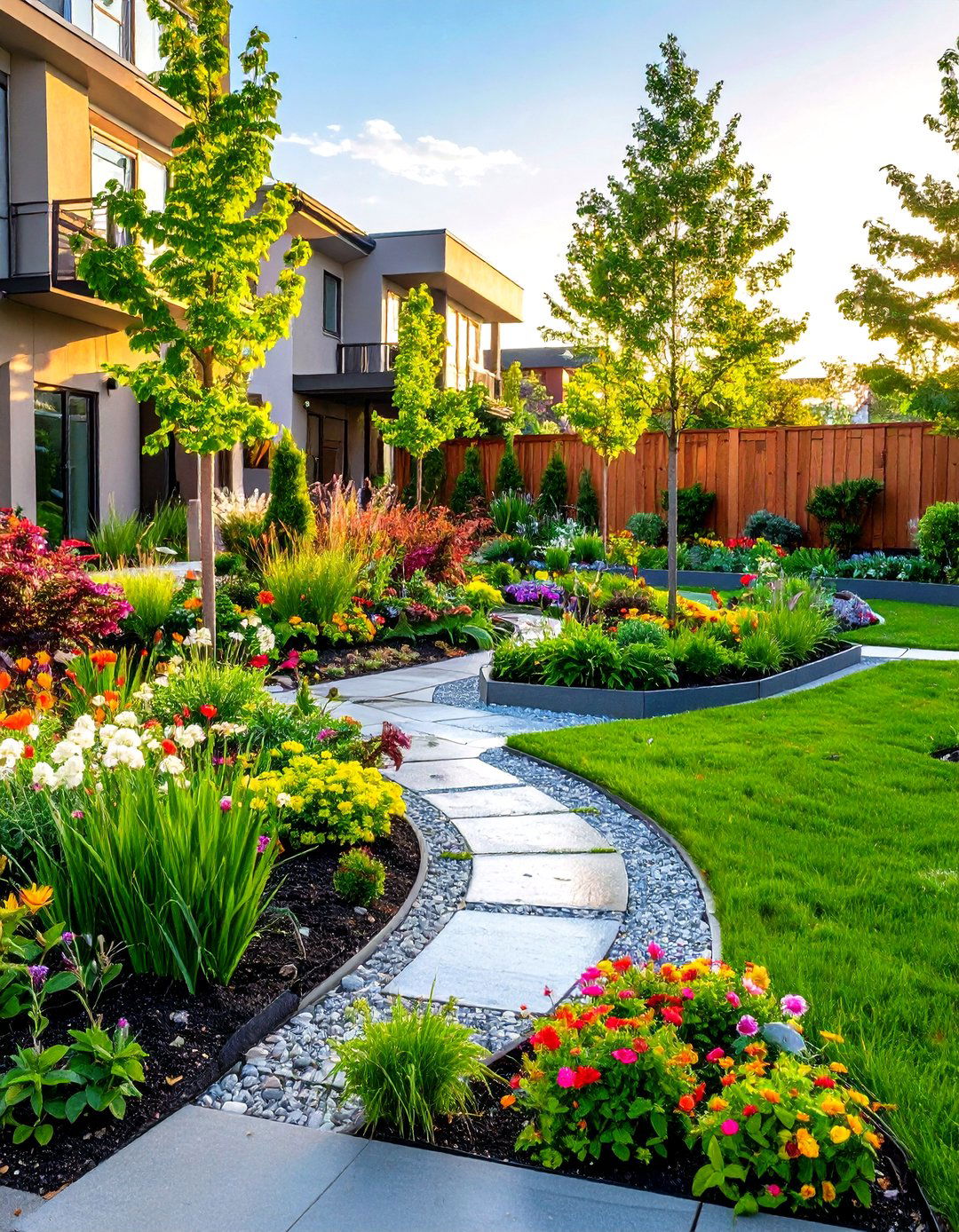
Storm events are intensifying, and AI hydrology models can route runoff to vegetated basins that detain and infiltrate excess water. Upload contour maps and roof catchment areas; the algorithm sizes rain gardens, selects absorptive soils, and sets overflow weirs. It even simulates pollutant load reductions, helping municipalities meet watershed permits. Integrate the design with permeable pavements downstream, and the AI recalculates peak flow attenuation, ensuring every component works as a resilient network.
15. Generative Topography Tweaks in Landscape Design for Earthwork Efficiency
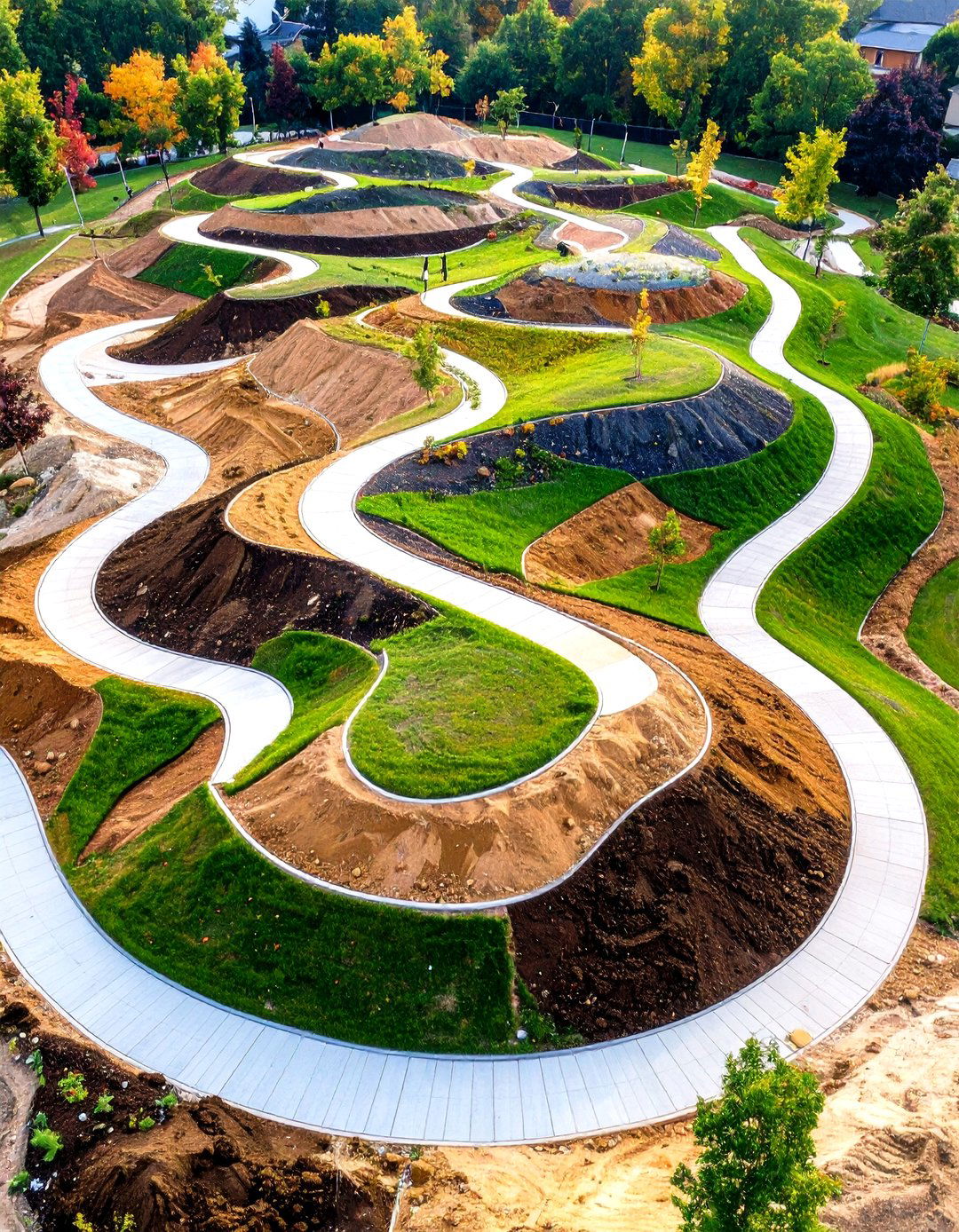
Earth-moving costs soar when cut-fill volumes balloon. AI optimization scripts subtly adjust grade breaks, berm heights, and swale alignments until cut roughly equals fill, minimizing hauling. The engine preserves key design intents — like amphitheater seating orientation — while shaving budget and carbon. Export the final terrain to GPS-guided dozers, and crews shape the land precisely to the model, reducing survey stakes and rework.
16. AI-Enhanced Edible Garden Landscape Design
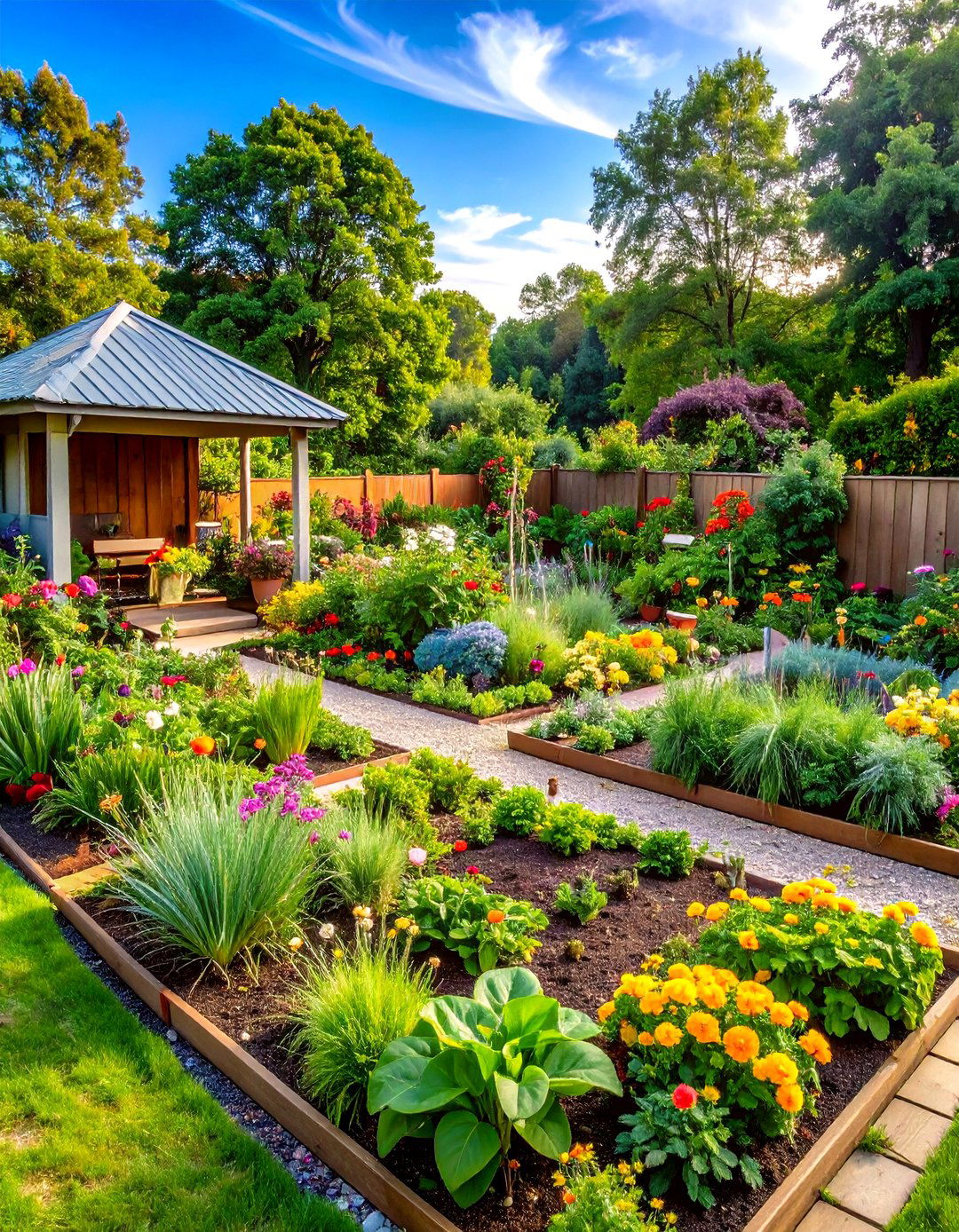
Looking to combine beauty and bounty? AI composes companion-planting schemes that deter pests and boost yields without chemicals. It staggers ripening times so a family harvests produce weekly, not all at once. The tool generates monthly task lists — seed sowing, trellis checks — synced to local frost dates. Even container growers can benefit: input pot dimensions and sun exposure, and the AI suggests dwarf cultivars and foliar feed schedules, turning small patios into prolific kitchens.
17. Climate-Resilience Scenario Planning in Landscape Design

As research warns of harsher extremes, AI “stress tests” a proposed landscape under 30-year climate projections. It models heatwaves, 100-year floods, or extended droughts, then scores design elements on survival odds. Low-performing zones get suggested retrofits — shade structures, salt-tolerant grasses — before construction begins. Presenting these future snapshots helps clients justify upfront investments in resilience features, reframing them as long-term savings rather than optional extras.
18. VR Collaboration Spaces Powered by AI Landscape Design Data
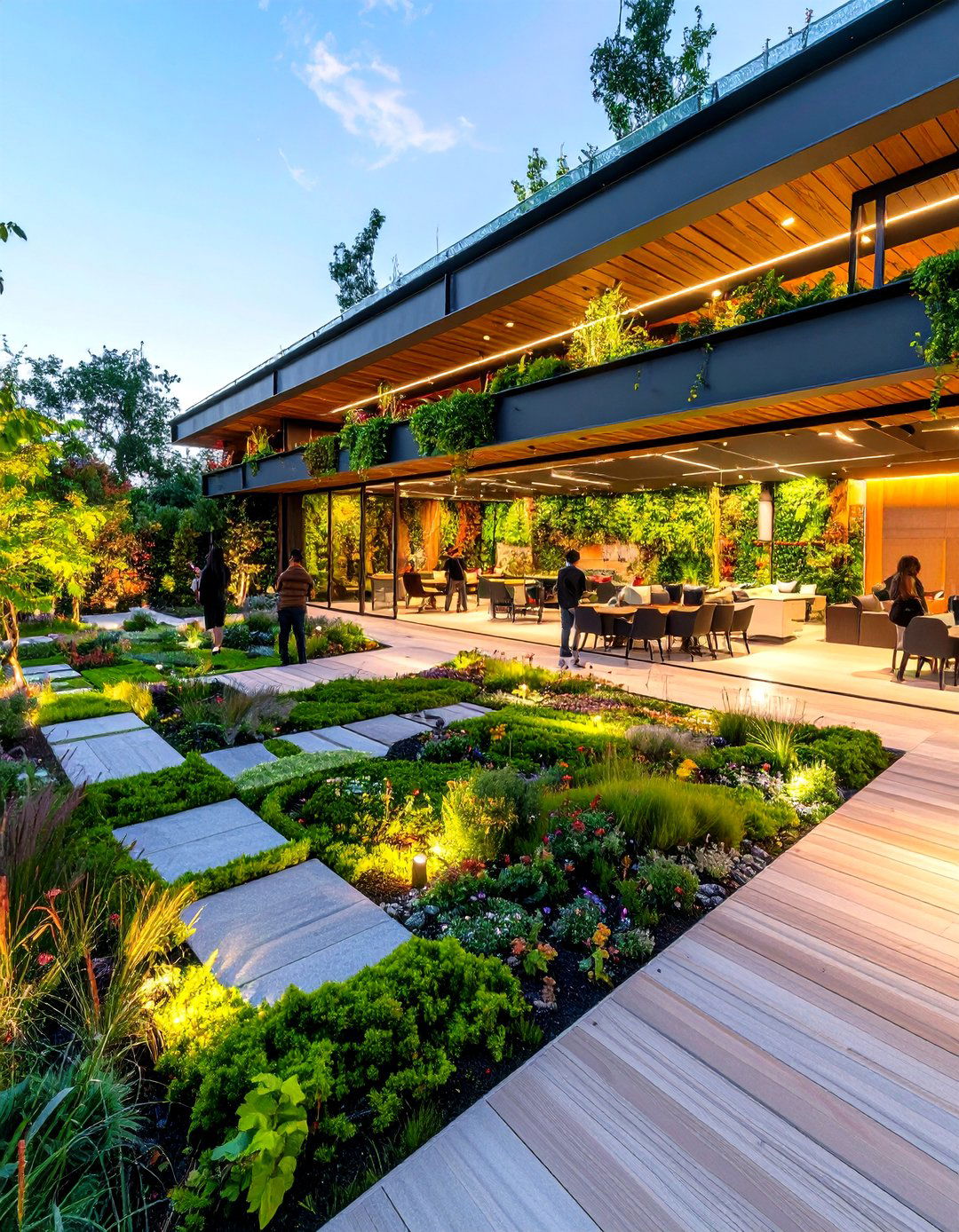
Team members across time zones can strap into a shared VR garden rendered from the BIM model. AI avatars guide walkthroughs, logging spoken comments as issue tickets linked to exact coordinates. Switching tree species or paving patterns happens in real time, and the AI recalculates costs and carbon metrics on the fly. The immersive environment shortens approval cycles and ensures stakeholders — from engineers to community groups — literally see the same design evolution.
19. Sensor-Guided Adaptive Irrigation in Landscape Design
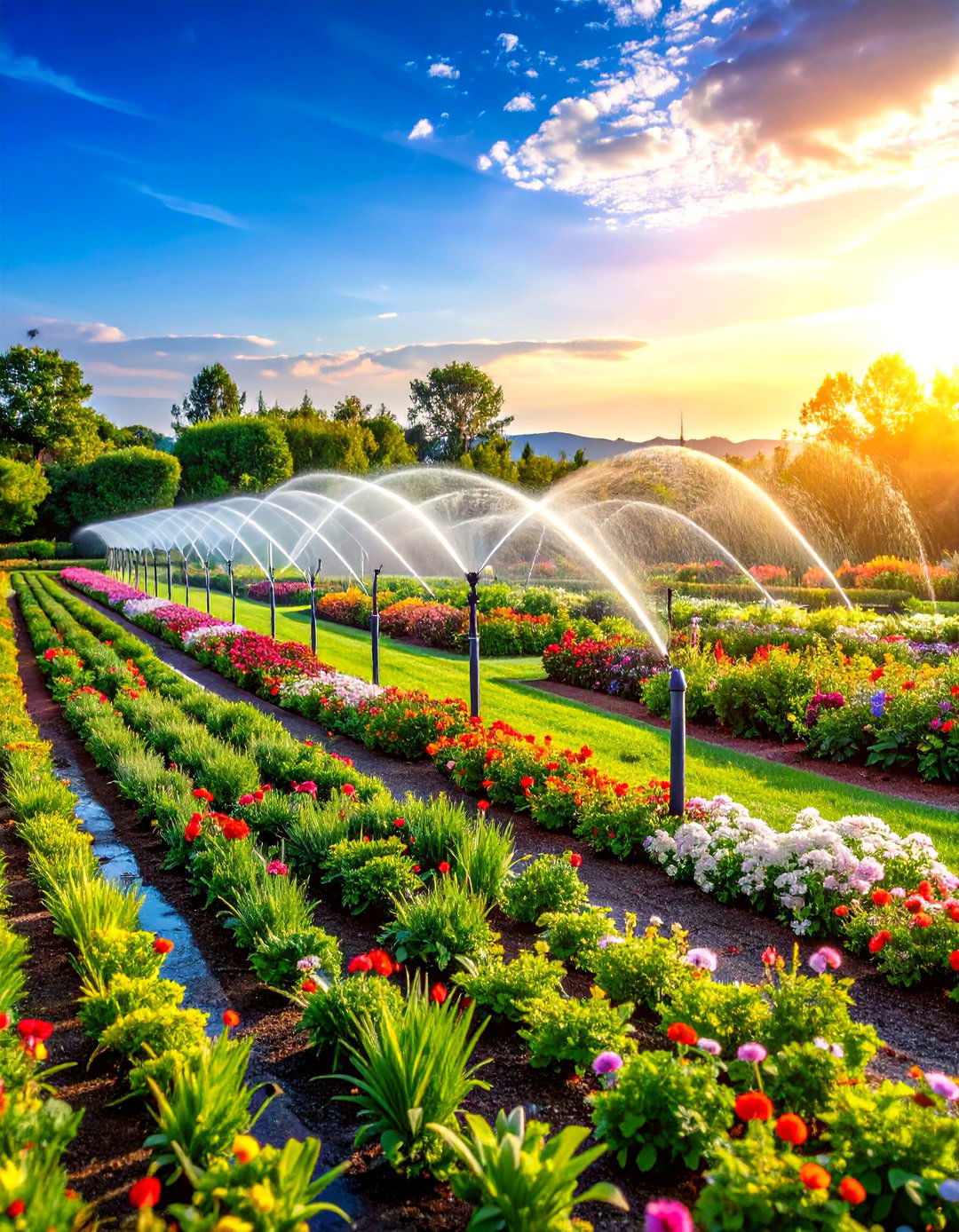
Machine-learning controllers connected to moisture probes and weather forecasts adjust valve runtimes daily. If tomorrow’s rain probability tops 70%, watering is skipped; if only one micro-zone stays dry, only that drip line pulses. Dashboards visualize savings in liters and dollars, often recouping hardware costs within a season. Pair the system with voice assistants, and caretakers can ask, “How thirsty is the upper lawn? ” receiving immediate status and recommendations.
20. Habitat Corridor Analytics within AI Landscape Design
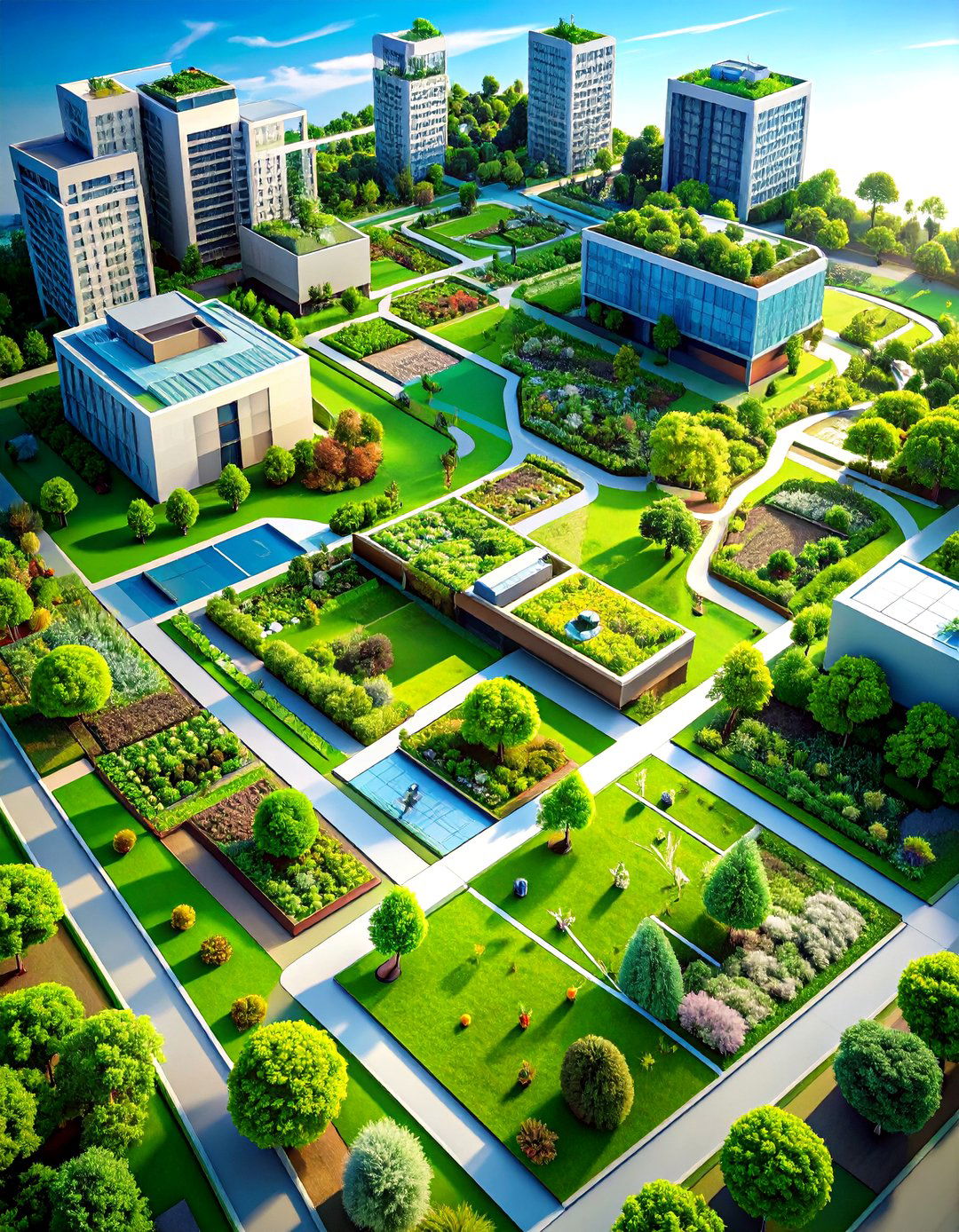
Urban wildlife needs safe passage. AI maps species movement data — e. g. , bird migratory paths or pollinator foraging ranges — onto existing green networks, exposing gaps. It proposes stepping-stone plantings or green roofs to bridge them, scoring options by cost-benefit ratios. Municipal planners can overlay zoning layers to secure easements where they matter most, weaving biodiversity into city fabrics through quantifiable metrics rather than wishful thinking.
21. Wellness-Focused Quiet Zones in AI Landscape Design
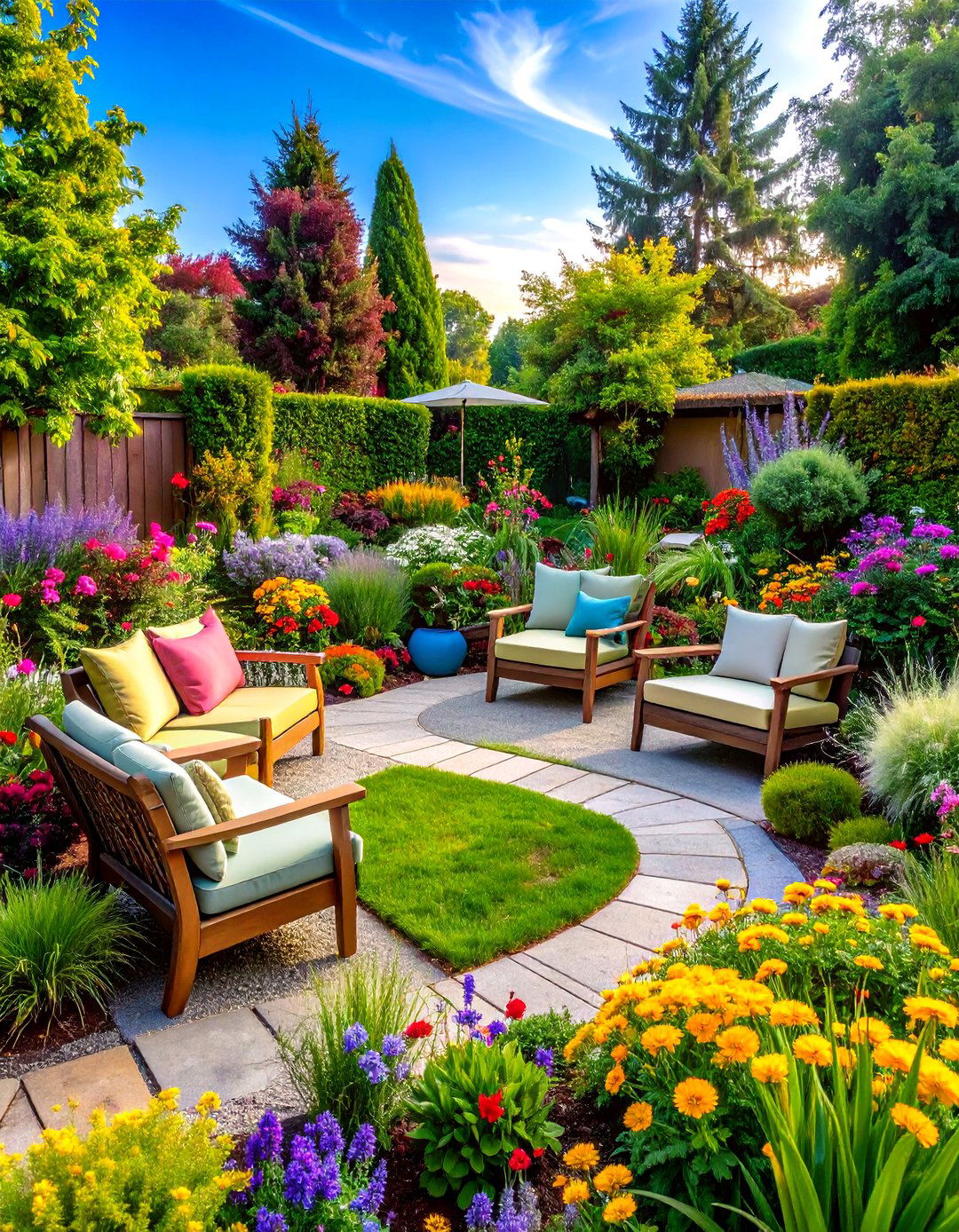
Studies show micro-restorative experiences boost mental health. Feed ambient noise readings and pedestrian counts into an AI clustering tool, and it identifies pockets suitable for meditative nooks. The algorithm then arranges seating, aromatic plantings, and buffering berms to maximize perceived calm. Post-occupancy surveys or wearable data can loop back into the model, fine-tuning future projects toward evidence-based serenity.
22. Budget Optimization for AI Landscape Design Projects
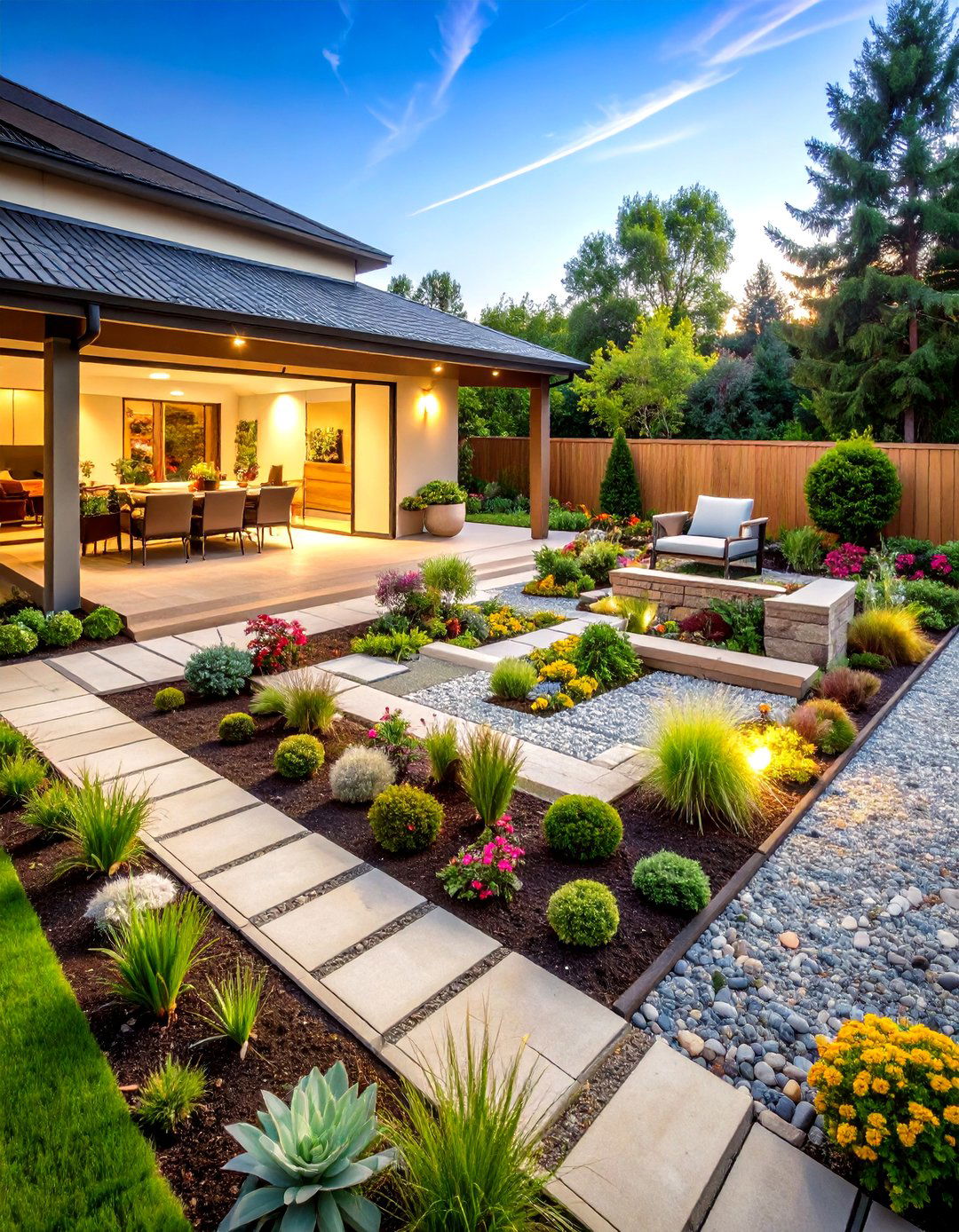
Fiscal limits inspire creativity. AI cost-estimation engines digest material prices, labor rates, and contingency factors, updating totals as you tweak design details. Want to shave 10 %? The system highlights substitution opportunities with minimal aesthetic impact — perhaps swapping imported stone edging for locally milled hardwood. It also flags high-maintenance plantings that inflate operational expenses, guiding clients toward choices aligned with both upfront and lifecycle budgets.
23. Energy-Generating Features in AI Landscape Design

With renewable targets rising, AI places photovoltaic pergolas, kinetic paving, or micro-wind turbines where output outweighs aesthetic compromise. It models sun angles, wind roses, and shade cast to balance power generation with user comfort. Annual yield projections feed into ROI calculators, making the case for multipurpose structures that shelter, delight, and supply clean energy all at once.
24. Seasonal Color Forecasting in Landscape Design with AI

Looking, vibrant bloom succession keeps gardens engaging year-round. AI crunches phenology databases and regional weather trends to predict actual flowering windows rather than textbook dates. Drag plants into a digital timeline, and gaps in color or texture emerge; the tool suggests fillers to maintain visual rhythm. Event venues even sync the forecast to marketing calendars — imagine guaranteeing peak rose display for a June wedding years in advance.
25. Animated Walkthrough Renderings for AI Landscape Design Presentations
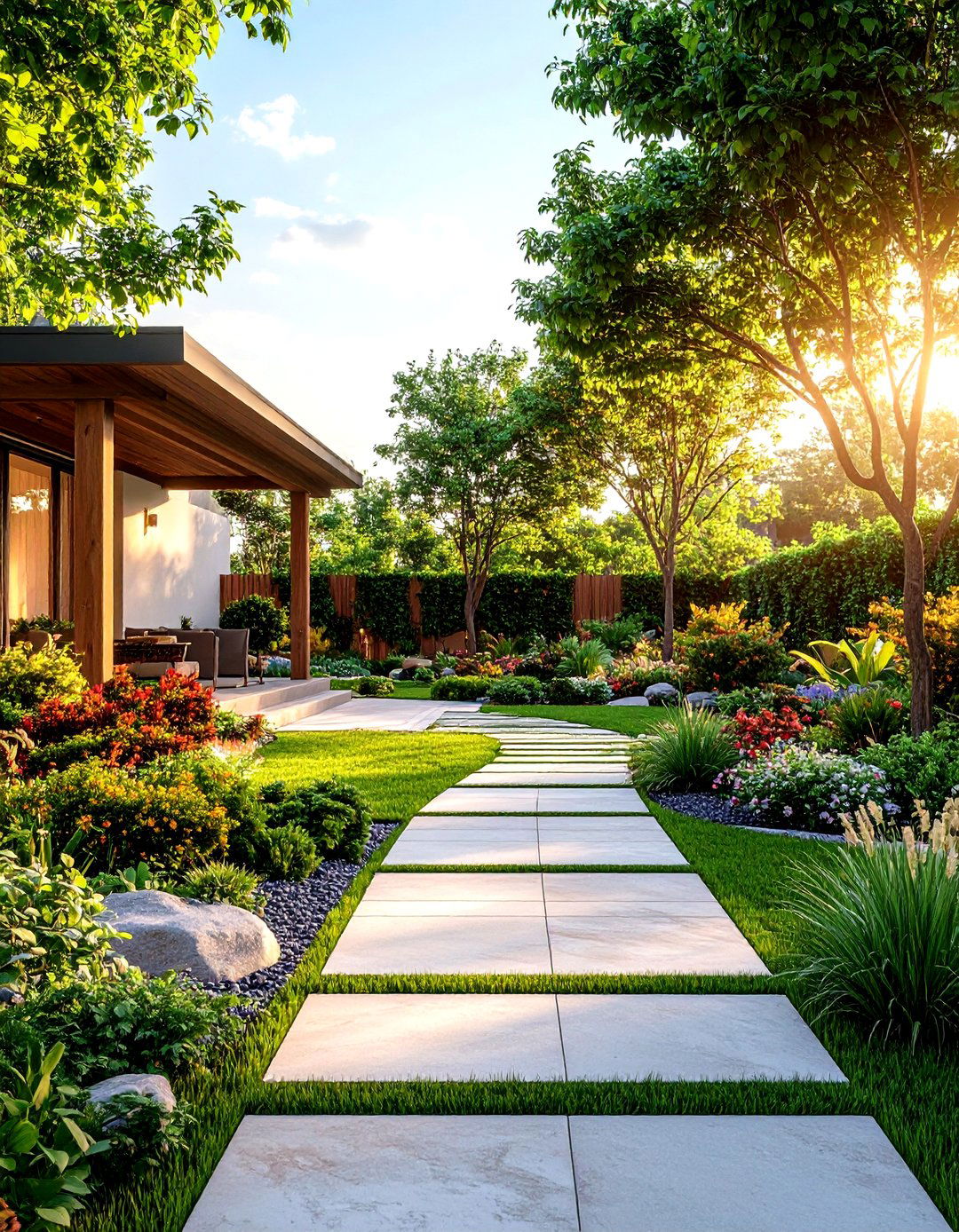
Finally, human imagination connects best through motion. AI renderers such as those profiled by Passionate Agency stitch plan views, section cuts, and sky-capture timelapses into cinematic fly-throughs, complete with rustling leaves and ambient soundtracks. Because the animations update whenever the main model changes, you avoid re-export fatigue. Clients grasp spatial narratives instantly, accelerating approvals and turning landscape design meetings into immersive storytelling sessions.
Conclusion:
Today’s AI landscape design spectrum extends from quick backyard visualizers to enterprise-grade ecological simulators, all aiming to sharpen creativity, cut waste, and future-proof green spaces. By layering data-rich insight onto timeless design principles — soil health, human comfort, biodiversity — we begin crafting outdoor environments that are as adaptive as the algorithms guiding them. Whether you adopt one idea or weave many together, the fusion of artificial intelligence and landscape design promises spaces that thrive elegantly under tomorrow’s challenges and today’s eyes.


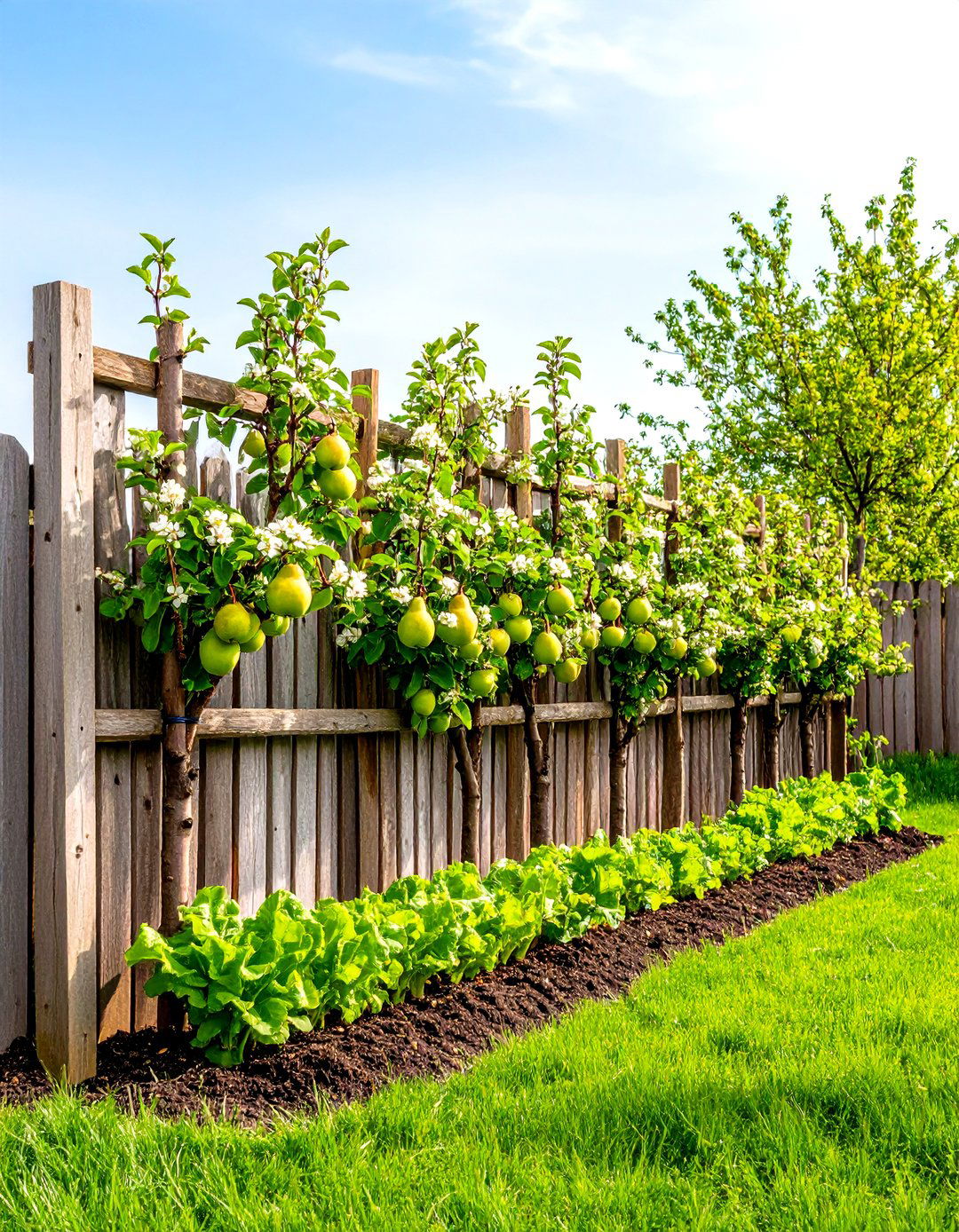
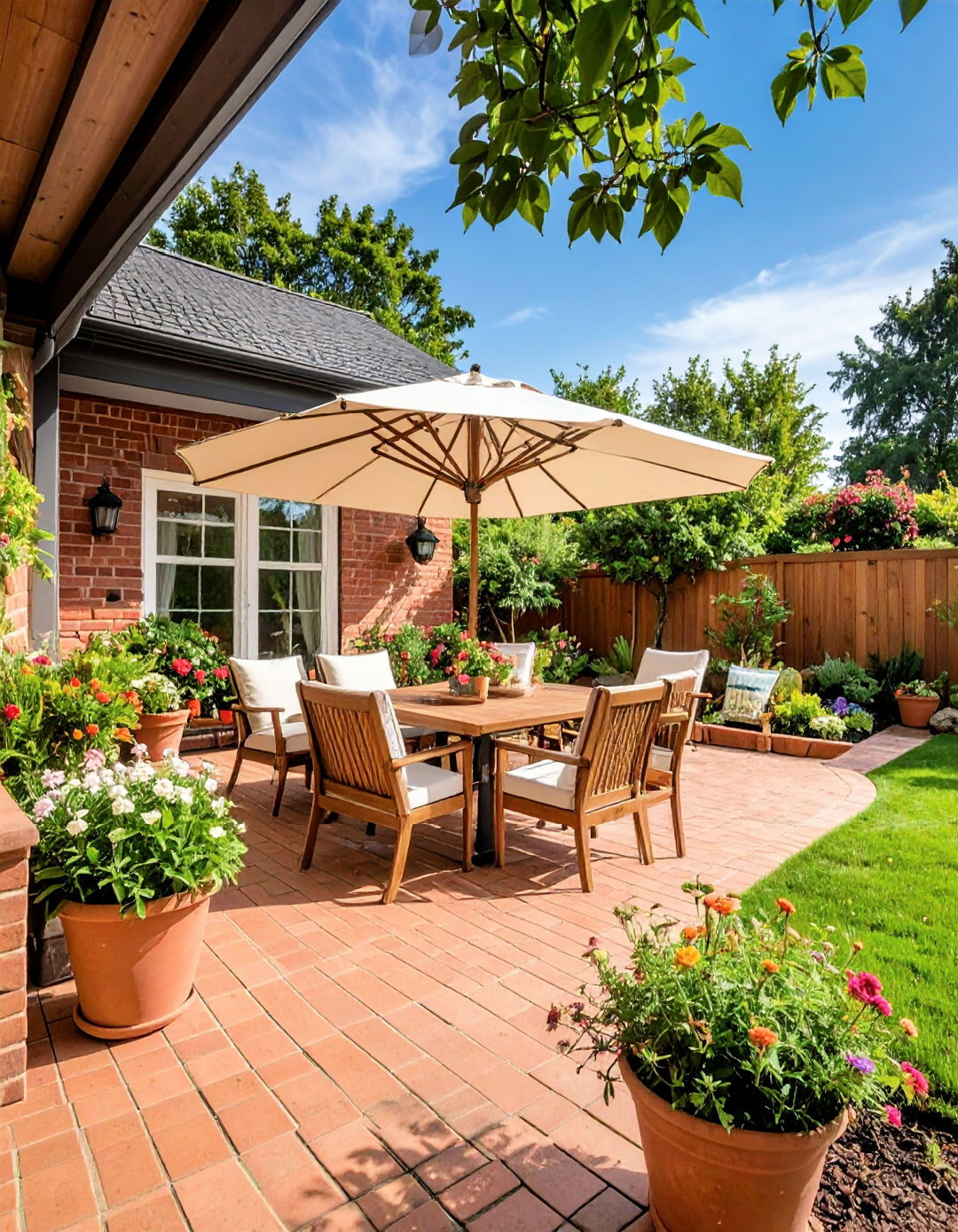





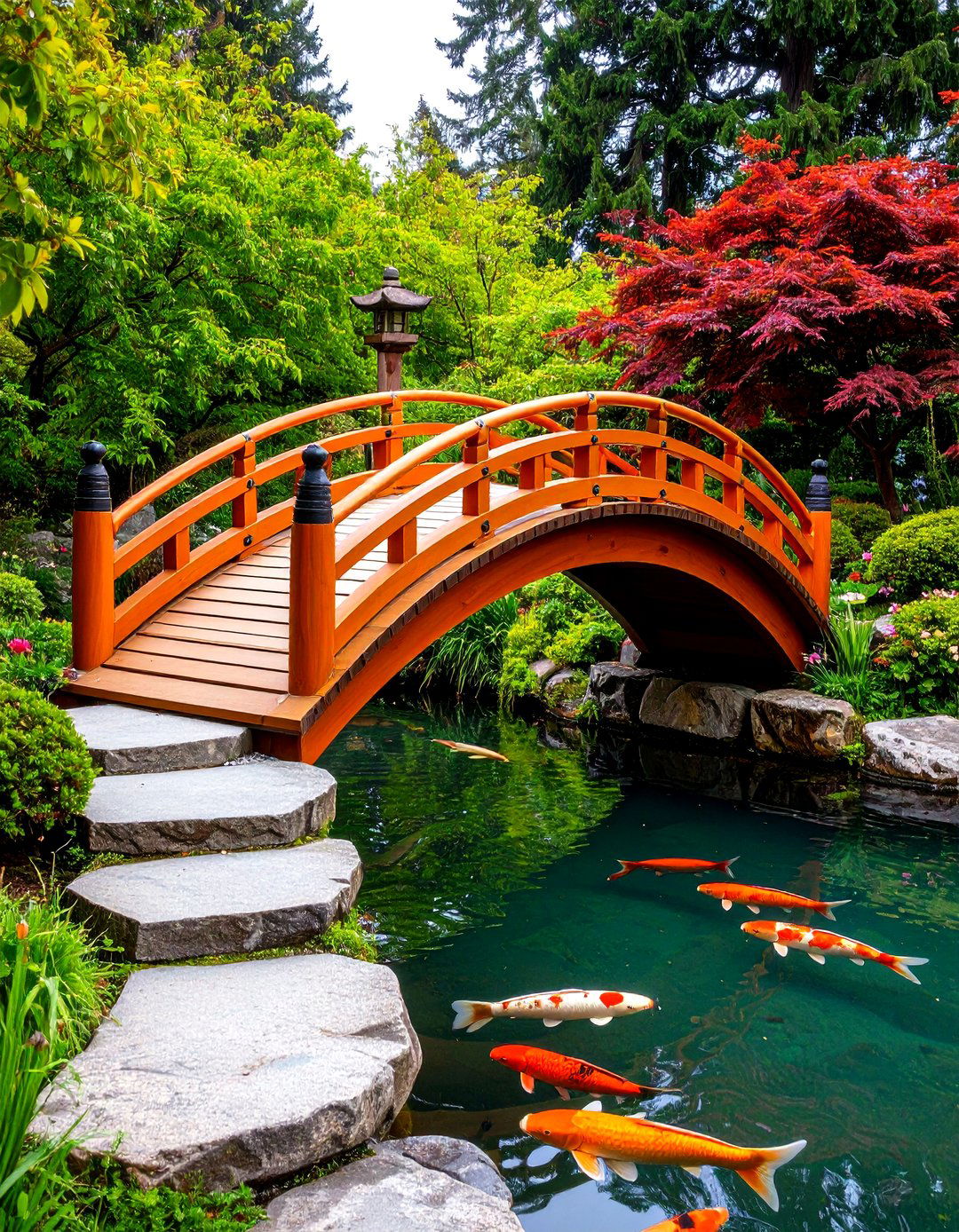


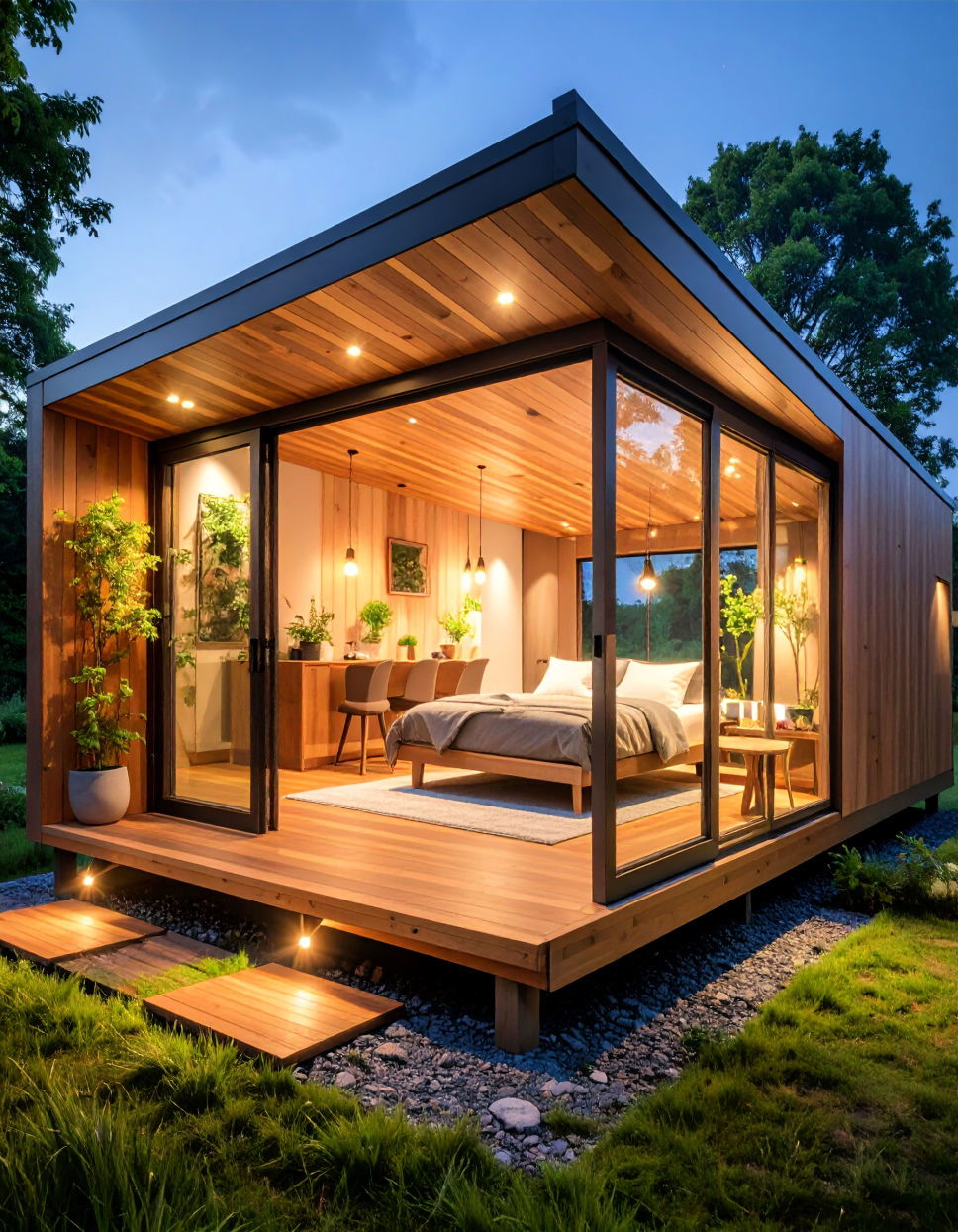



Leave a Reply